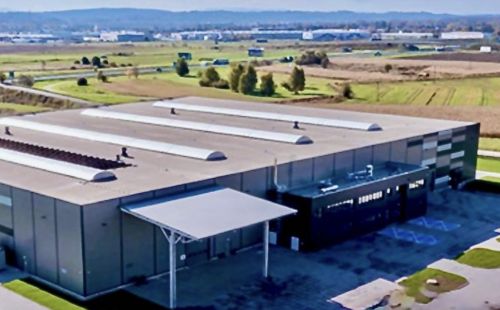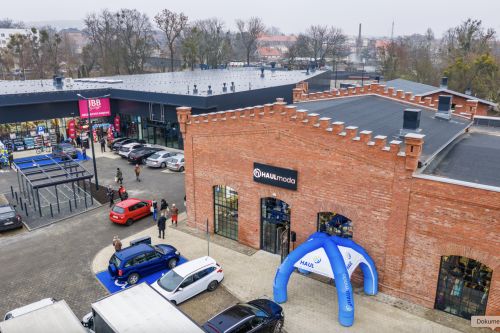Only for the chosen ones
Public procurement is a godsend in these difficult times for construction companies – but perhaps only for the larger ones. But after all the perturbation caused by such contracts over the last few years as well as a few related bankruptcy cases, construction companies might now be more cautious in biting off more than they can chew in terms of large infrastructural projects. The health of construction companies, particularly the largest ones listed on the WSE, is some indication that the strength of the sector has been improving of late. According to the data of the Polish Central Statistical Office (GUS), construction and assembly output in the January–July 2014 period increased by over 7 pct y-o-y compared to a reduction of 17.7 pct a year earlier. The sales of construction companies listed on the WSE also grew in H1 (by 6 pct) compared to the same period last year. This is encouraging, however, as































































